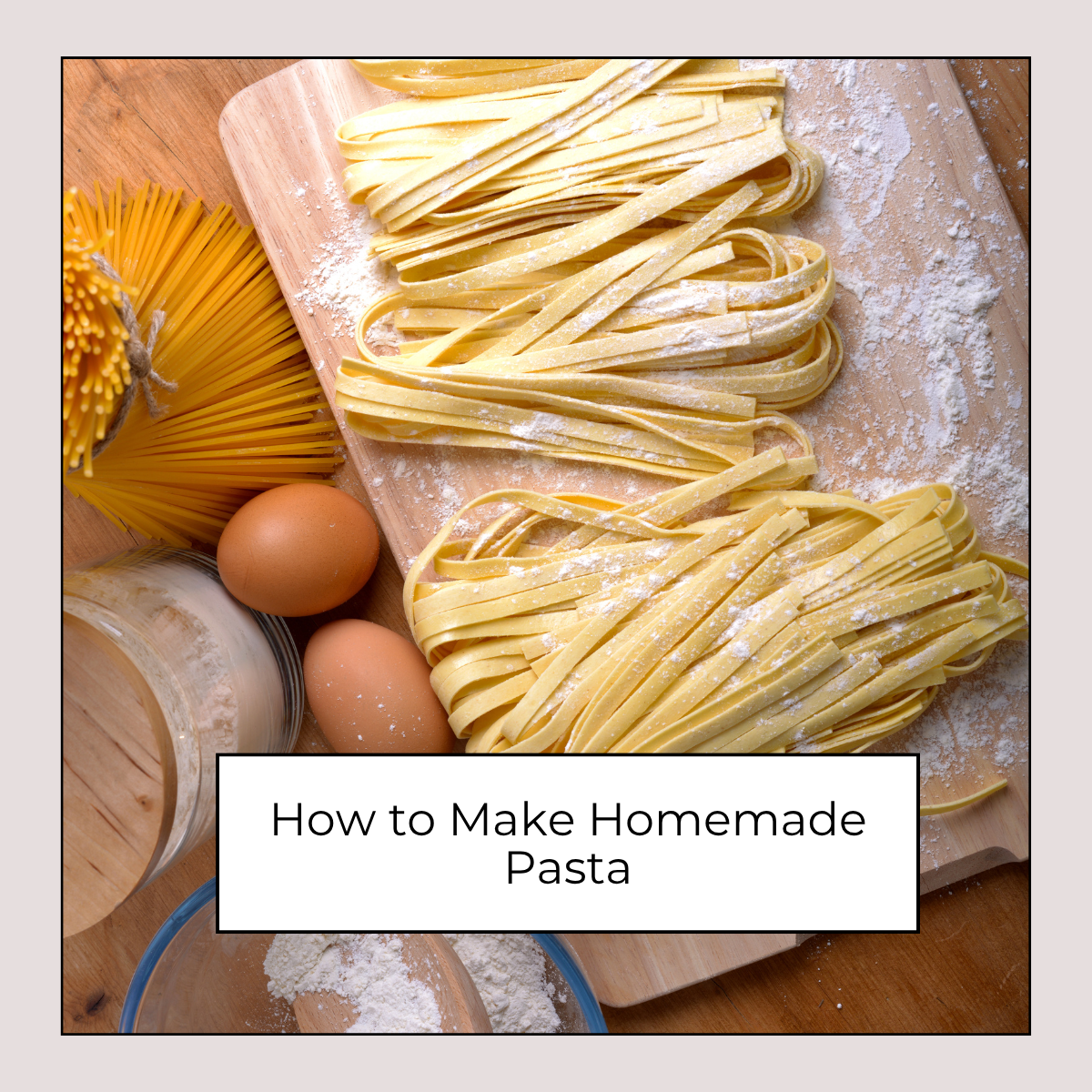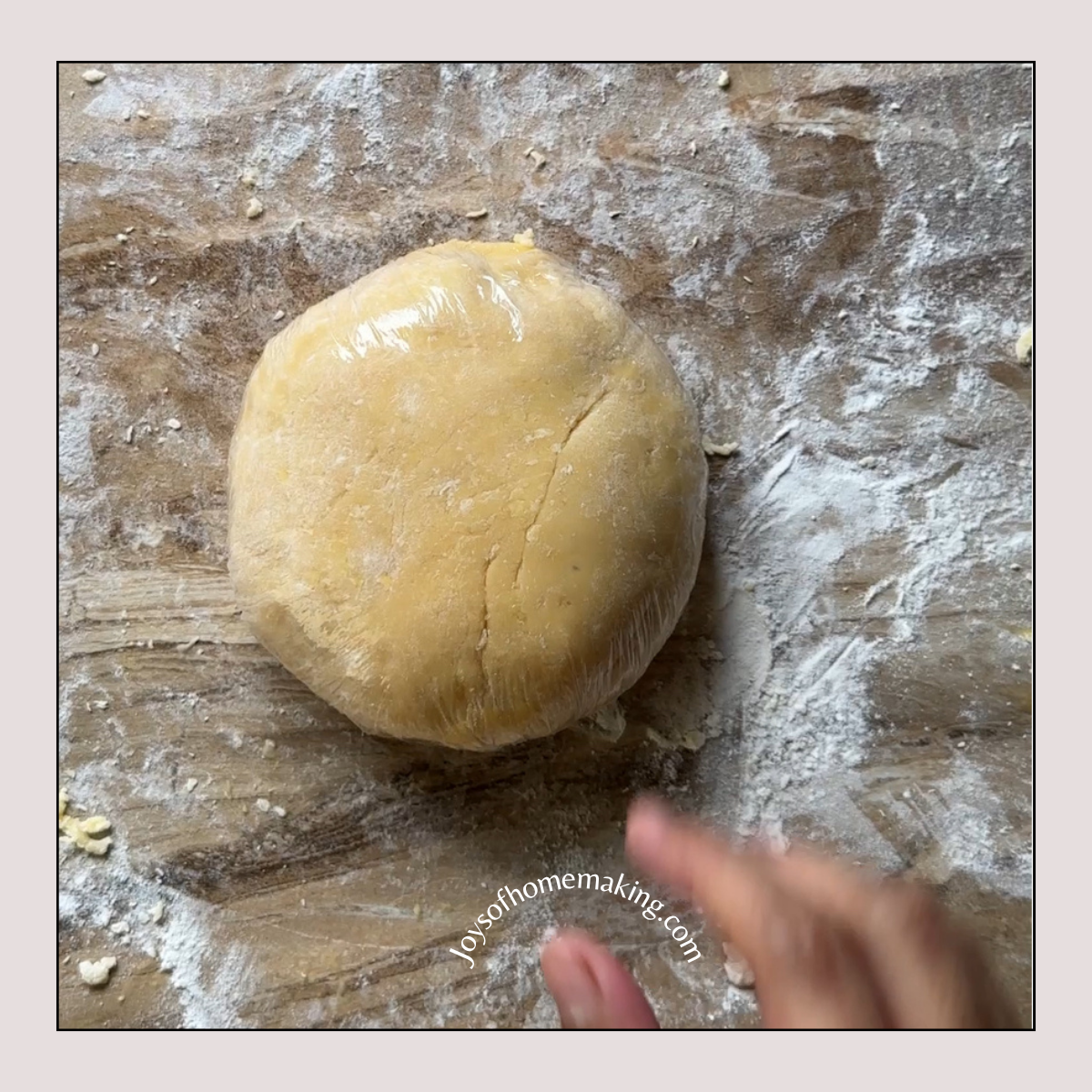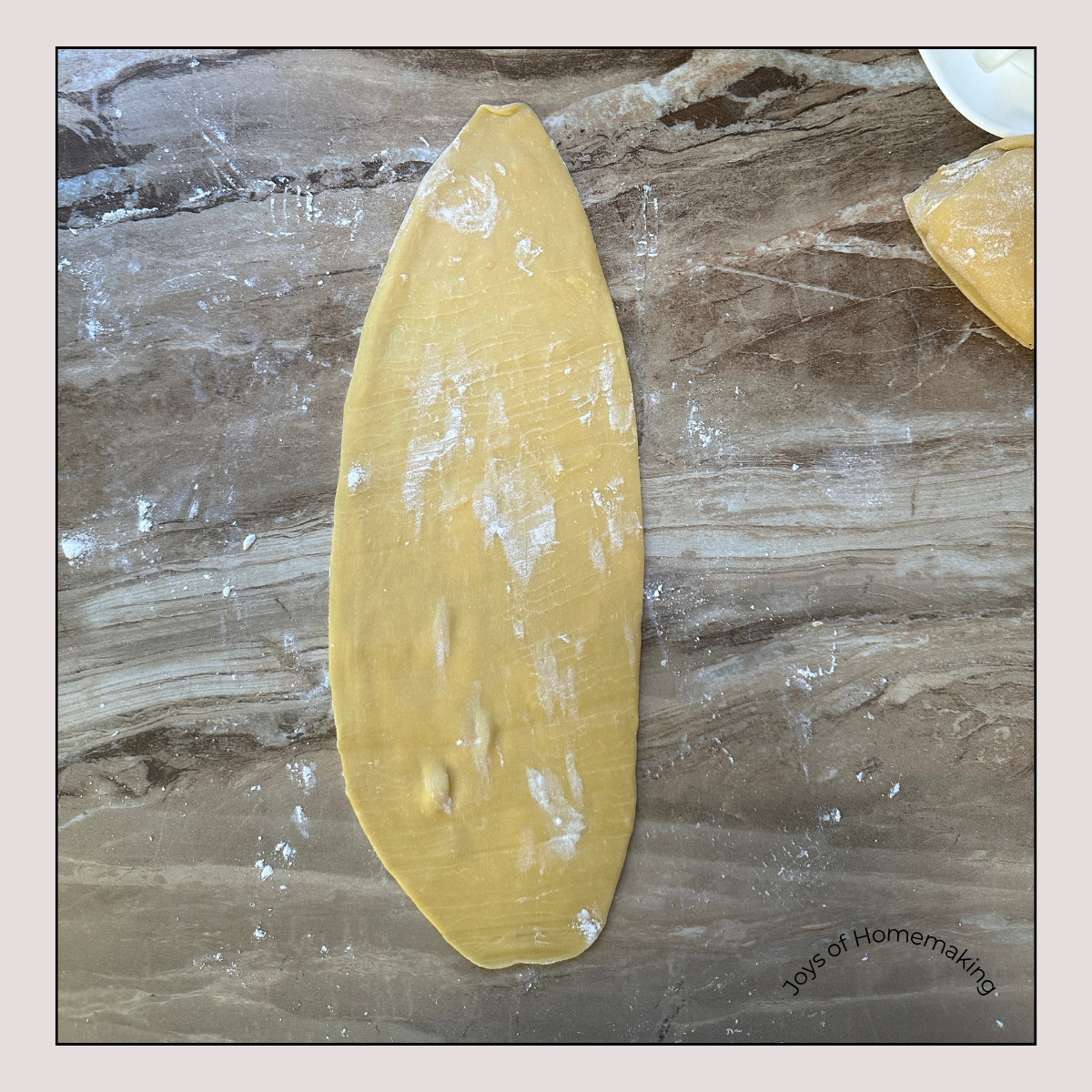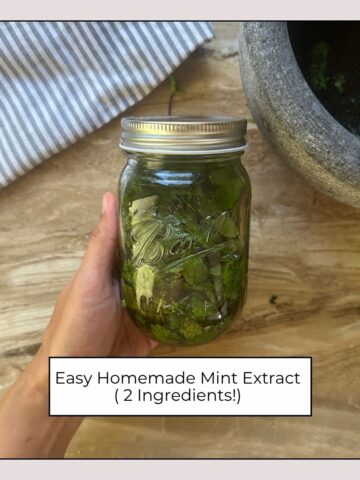Now that my son is homeschooled, we get to spend more time together. When he's not working on some fun projects with his dad, we're usually in the kitchen whipping up everything from homemade applesauce and yogurt to sourdough bread and even hair products.
Recently, we decided to try something a little different—homemade pasta. I found a recipe that looked simple and fun to make, so I figured it was the perfect time to give it a try.
To my delight, the pasta turned out really well! The texture was just right. It was firm yet tender. The taste was so much better than those store-bought options that we had been used to! Homemade pasta tastes amazing even with just a simple homemade tomato sauce garnished it with freshly grated Parmesan cheese.
I’ve been so hooked on homemade pasta that I bought a pasta maker. Now we can whip up fresh pasta easily and share it as heartfelt, homemade gifts. If you don't have a pasta maker machine, don't worry—you can still make delicious pasta without one. All it takes is a little bit of your time and a little labor of love.
Homemade Pasta Ingredients

Homemade pasta is a delightful treat that you can easily whip up in your kitchen. The best part? You only really need two basic ingredients: eggs and all-purpose flour! Some recipes include a little bit of salt and olive oil.
All-Purpose Flour – While semolina flour is often recommended for making pasta, all-purpose flour can do a fantastic job too! You will need 240 grams (2 cups) of flour to get the right amount of dough.
Eggs – Fresh eggs not only add richness but also bind the dough together, making the process smoother. For this recipe, you will need 3 large ones.
Sea Salt – Don’t forget to add ½ teaspoon of salt! Salt is essential for enhancing the flavor of your pasta.
Olive Oil – You’ll need about half a tablespoon of olive oil to keep everything moist and pliable.
Equipment
You might be wondering whether you really need pasta maker. As I mentioned earlier, it’s definitely not essential—but if you make pasta often, I highly recommend getting one. It’s an absolute game-changer that makes the process so much easier and more enjoyable!
How to Make Homemade Pasta
If you’re as excited as I am, let’s jump right into the process of making delicious homemade pasta.
Step 1
Find a clean and spacious surface where you can comfortably create your mixture. Once you have your space ready, make a nest with the flour. To do this, pour the flour onto the surface and shape it into a mound, creating an area in the center. This keeps the flour contained and makes it much easier to mix in the other ingredients.
After you have shaped the flour, it’s time to add the rest of the ingredients. Place them in the center of your flour nest. When you add the eggs, use a fork to gently break them up. Be careful and try to keep the flour walls intact as much as possible to prevent the ingredients from spilling over.
Use your hands or dough cutter to incorporate the flour with the other ingredients. As you mix, you will notice the dough starting to come together. Continue working the dough until it forms a shaggy ball. At this point, it might seem a little dry or crumbly, but stick with it.

Step 2
Once you notice that the mixture is holding together, it’s time to knead the dough. Press down the dough with the palms of your hands and fold it over. Repeat this process for about 8 to 10 minutes. Initially, the dough may not feel as if it is coming together smoothly. You might doubt whether it will transform into that soft, pliable dough you desire, but just keep working at it! With constant kneading, it will become smooth and more cohesive.
If, after a while, your dough still seems too dry, simply sprinkle your fingers with a bit of water and gently knead it in. Keep an eye on the texture; if it’s too sticky, that’s the time to dust a little more flour on your work surface. This will help you handle the dough more easily and prevent it from sticking to the counter. The goal is to achieve a smooth, elastic texture that is not too wet or too dry.

Once you’ve reached the right consistency, shape the dough into a ball. After forming the ball, wrap it tightly in plastic wrap. Allow the dough to rest at room temperature for about 30 minutes. This resting period is crucial as it lets the gluten relax, making it easier for you to roll out the pasta later on.
Step 3
While the dough is resting, take two large baking sheets and dust them with flour. Having these sheets ready will streamline the process once you start rolling out and cutting the pasta.
Step 4

Slice the dough into four equal pieces. Take one piece of the dough and gently flatten it into an oval disk. It doesn’t have to be perfect; just aim for an even thickness. If you do not have a pasta maker, do not worry; you can simply use a rolling pin instead.


Step 5
Take a piece of the dough and set it onto your countertop. Fold both short ends of the dough towards the center. Once the ends meet in the middle, fold the dough in half again, forming a neat rectangle.
Step 6
Use the rolling pin to flatten the dough gently. Start with a little pressure and gradually increase it as the dough thins out. Turning the dough frequently will help it maintain a uniform thickness. Lightly sprinkle flour on the surface throughout the process to prevent sticking.
Step 7
As you finish each piece, lay one-half of the dough on a baking sheet that you have lightly dusted with flour. Now, take the other half of the dough and fold it neatly on the top of the first half. Make sure to sprinkle more flour on the top of the folded dough to keep the layers separate. Repeat this step with the remaining pieces of dough.
Step 8
Now, you’re ready to cut the pasta into your preferred shapes. If you don’t have a pasta cutter, you can use a sharp knife or a pizza cutter to cut the dough into your desired width. Cut the sheets into strips for fettuccine or squares for ravioli, depending on your preference. Set the cut pasta aside on a floured surface and let it dry slightly while you prepare to cook.

Step 9
Bring a large pot of water to a rolling boil and add a generous amount of salt. Once boiling, carefully add the pasta and cook it for about 1 minute or until it floats to the top.
Drain the pasta and toss it with your favorite sauce. For quick pasta meals, I usually use my frozen homemade pesto. Whether you prefer a simple oil dressing or a rich marinara, fresh pasta can elevate any meal.
How Do You Store Homemade Pasta?
Storing pasta might sound simple, but there are a few tricks to make sure it stays fresh and delicious.
If you have some fresh uncooked pasta that you’d like to save for another day, you can keep it in the fridge. Make sure to cover it well so it doesn’t dry out. When stored properly, it can last up to three days.
But what if you’ve already cooked your pasta and have some leftovers? A great little trick is to drizzle a bit of olive oil over the pasta. This not only adds a nice flavor but also creates a barrier that prevents the pasta from clumping. After you’ve added the oil, place the pasta in an airtight container. This will help keep it fresh in the fridge for up to five days.
If you’re looking to save your fresh pasta for even longer, freezing is a fantastic option! You can freeze fresh pasta in an airtight container, and it will stay good for up to eight weeks. This method is super convenient and allows you to whip up a delicious meal without the need for a trip to the store. Just remember to label the container with the date you froze it so you can track how long it has been stored.




